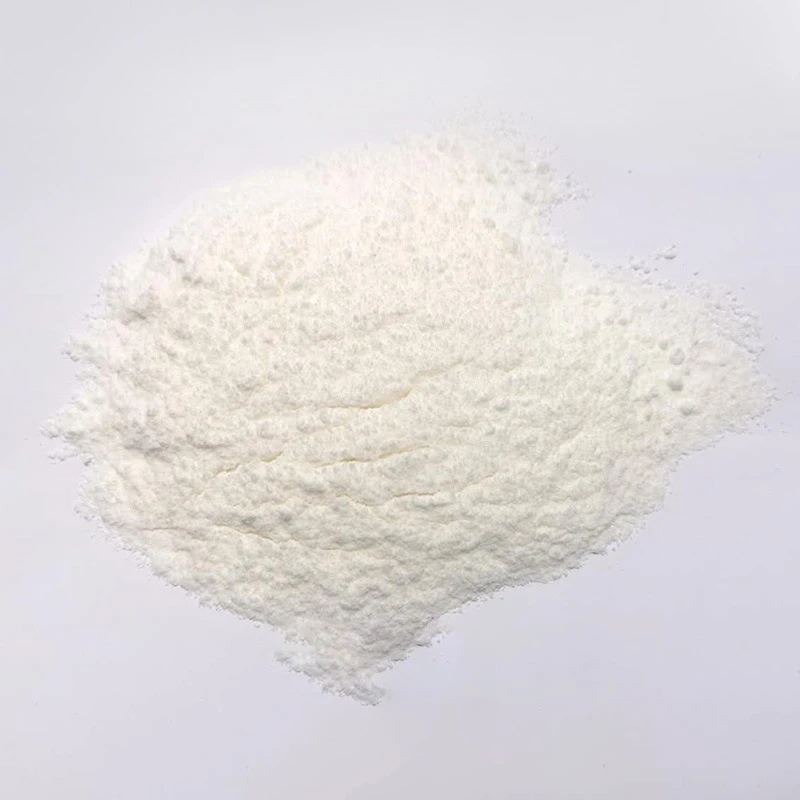Warning: Undefined array key "title" in /home/www/wwwroot/HTML/www.exportstart.com/wp-content/themes/1198/header.php on line 6
Warning: Undefined array key "file" in /home/www/wwwroot/HTML/www.exportstart.com/wp-content/themes/1198/header.php on line 7
Warning: Undefined array key "title" in /home/www/wwwroot/HTML/www.exportstart.com/wp-content/themes/1198/header.php on line 7
Warning: Undefined array key "title" in /home/www/wwwroot/HTML/www.exportstart.com/wp-content/themes/1198/header.php on line 7
- Afrikaans
- Albanian
- Amharic
- Arabic
- Armenian
- Azerbaijani
- Basque
- Belarusian
- Bengali
- Bosnian
- Bulgarian
- Catalan
- Cebuano
- China
- China (Taiwan)
- Corsican
- Croatian
- Czech
- Danish
- Dutch
- English
- Esperanto
- Estonian
- Finnish
- French
- Frisian
- Galician
- Georgian
- German
- Greek
- Gujarati
- Haitian Creole
- hausa
- hawaiian
- Hebrew
- Hindi
- Miao
- Hungarian
- Icelandic
- igbo
- Indonesian
- irish
- Italian
- Japanese
- Javanese
- Kannada
- kazakh
- Khmer
- Rwandese
- Korean
- Kurdish
- Kyrgyz
- Lao
- Latin
- Latvian
- Lithuanian
- Luxembourgish
- Macedonian
- Malgashi
- Malay
- Malayalam
- Maltese
- Maori
- Marathi
- Mongolian
- Myanmar
- Nepali
- Norwegian
- Norwegian
- Occitan
- Pashto
- Persian
- Polish
- Portuguese
- Punjabi
- Romanian
- Russian
- Samoan
- Scottish Gaelic
- Serbian
- Sesotho
- Shona
- Sindhi
- Sinhala
- Slovak
- Slovenian
- Somali
- Spanish
- Sundanese
- Swahili
- Swedish
- Tagalog
- Tajik
- Tamil
- Tatar
- Telugu
- Thai
- Turkish
- Turkmen
- Ukrainian
- Urdu
- Uighur
- Uzbek
- Vietnamese
- Welsh
- Bantu
- Yiddish
- Yoruba
- Zulu
Dec . 13, 2024 14:10 Back to list
monopropylene glycol
Understanding Monopropylene Glycol Uses, Applications, and Safety
Monopropylene glycol, also known as propylene glycol, is a colorless, odorless, and tasteless synthetic liquid substance that is hygroscopic, meaning it absorbs water from the environment. With the chemical formula C3H8O2, it is a type of glycol commonly used in various industrial, pharmaceutical, and food applications. This article delves into the properties, uses, safety aspects, and regulatory considerations of monopropylene glycol.
Properties of Monopropylene Glycol
Monopropylene glycol is a versatile compound with several key properties that make it attractive for various applications. It has a low volatility, which allows it to remain stable under a wide range of conditions. Its ability to dissolve in both water and many organic solvents further enhances its applicability. Additionally, monopropylene glycol exhibits low toxicity, which is why it is often favored in consumer products, including food and pharmaceuticals.
The compound is also biodegradable, which adds to its environmental appeal. These characteristics provide significant advantages in formulations where safety and efficacy are paramount, making monopropylene glycol a valuable ingredient across multiple sectors.
Uses and Applications
Monopropylene glycol is utilized in various industries due to its unique properties
. Here are some of the primary applications1. Food Industry In the food sector, monopropylene glycol serves as a food additive (E1520) and is used as a humectant, solvent, and preservative. It helps maintain moisture in food products and enhances texture and flavor. Many processed foods, including baked goods, ice creams, and sauces, may contain this compound.
2. Pharmaceuticals The pharmaceutical industry extensively uses monopropylene glycol for formulating medications, creams, and ointments. It acts as a solvent for active ingredients, allowing for efficient drug delivery. Additionally, it can serve as a carrier for vitamins and other supplements.
monopropylene glycol

3. Cosmetics and Personal Care Monopropylene glycol is a common ingredient in cosmetics and personal care products such as lotions, shampoos, and deodorants. Its moisturizing properties make it an effective humectant, helping to keep the skin hydrated.
4. Industrial Applications In industrial settings, monopropylene glycol is used as an antifreeze agent in hydraulic fluids, heat transfer fluids, and de-icing solutions. Its low toxicity and non-corrosive nature make it safer for environments where regular handling occurs.
5. Manufacturing The compound is employed in the production of plastics, resins, and emulsifiers. Its role as a plasticizer enhances the flexibility and stability of various materials.
Safety and Regulatory Considerations
The safety profile of monopropylene glycol has been evaluated by various health and regulatory organizations globally. It is generally recognized as safe (GRAS) when used in food applications, meaning it has been deemed safe for consumption when used in accordance with established guidelines. However, as with any chemical substance, exposure to high concentrations can lead to adverse effects, such as skin irritation or allergic reactions in sensitive individuals.
Regulatory agencies such as the U.S. Food and Drug Administration (FDA) and the European Food Safety Authority (EFSA) have established acceptable daily intake levels for monoc propylene glycol in food products. These guidelines are designed to ensure consumer safety and are regularly reviewed to reflect new scientific findings.
Conclusion
Monopropylene glycol is a multifunctional compound that plays a crucial role in various industries, ranging from food and pharmaceuticals to cosmetics and manufacturing. Its unique properties, low toxicity, and environmental sustainability make it a preferred choice for formulators and manufacturers alike. Continuous research and regulatory oversight ensure that the uses of monopropylene glycol remain safe and effective for consumers. As industries evolve, the applications and importance of monopropylene glycol are likely to expand, further underscoring its significance in modern formulations. Whether in your favorite food, skincare product, or medication, monopropylene glycol is an unsung hero that often goes unnoticed yet significantly contributes to our daily lives.
Latest news
-
Certifications for Vegetarian and Xanthan Gum Vegetarian
NewsJun.17,2025
-
Sustainability Trends Reshaping the SLES N70 Market
NewsJun.17,2025
-
Propylene Glycol Use in Vaccines: Balancing Function and Perception
NewsJun.17,2025
-
Petroleum Jelly in Skincare: Balancing Benefits and Backlash
NewsJun.17,2025
-
Energy Price Volatility and Ripple Effect on Caprolactam Markets
NewsJun.17,2025
-
Spectroscopic Techniques for Adipic Acid Molecular Weight
NewsJun.17,2025

